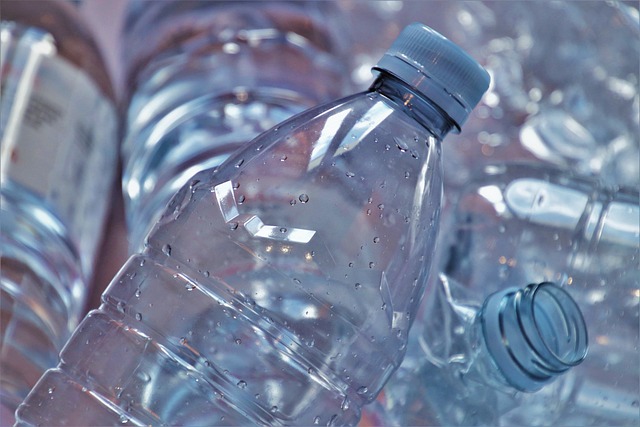In a groundbreaking research endeavor, scientists have unveiled that commercially available bottled water may harbor plastic particles at concentrations 10 to 100 times higher than previously estimated.
The study found that one liter of water, equivalent to two standard-size bottled waters, contained an average of 240,000 plastic particles, predominantly comprising 90% nanoplastics and the remaining 10% microplastics.
These particles, known as nanoplastics, are minuscule, measuring a mere 1,000th of the average width of a human hair, rendering them invisible under a microscope.
- California RESIDENTS To RECEIVE $500 MONTHLY PAYMENTS In New Guaranteed Income Program: Here Is Who Is Eligible
- Us Job Market Booms With 272,000 New Jobs, But Unemployment Rises Slightly To 4.0%
- Credit Scores Of 720+ See Improved Loan Rates This Week
- Examining The Facts: Fact Check On IRS $8700 Stimulus Check Eligibility & Payment Dates
- Gas Prices On Downward Trend As Fourth Of July Road Trips Approach: AAA
Their diminutive size allows them to traverse the tissues of the digestive tract or lungs, entering the bloodstream and dispersing potentially harmful synthetic chemicals throughout the body and into cells.
Recent research highlighted in a December article in The Lancet has identified a broad range of adverse effects that both micro- and nanoplastics can exert on various crucial systems within the human body.
The study comes to the conclusion that these tiny plastics can mess with the body’s chemistry by interacting with and influencing the microbial communities in the gut, which are crucial for food digestion.
Nanoplastics: A Pervasive Threat to Vital Organs

According to experts, nanoplastics pose the greatest concern among various types of plastic pollution due to their ability to infiltrate individual cells and tissues in vital organs.
These minuscule particles have the potential to disrupt cellular processes and introduce endocrine-disrupting chemicals like bisphenols, phthalates, flame retardants, per- and polyfluorinated substances (PFAS), and heavy metals.
Studies involving pregnant mice have revealed the presence of plastic chemicals in the brain, heart, liver, kidney, and lungs of developing offspring just 24 hours after the pregnant mother ingested or inhaled plastic particles.
Furthermore, Stapleton notes that micro and nanoplastics have been detected in the human placenta, lung tissues, feces, and blood, highlighting their pervasive presence.
Additionally, there is still little research on the potential harm that the plastic polymer itself may cause to the human body.
